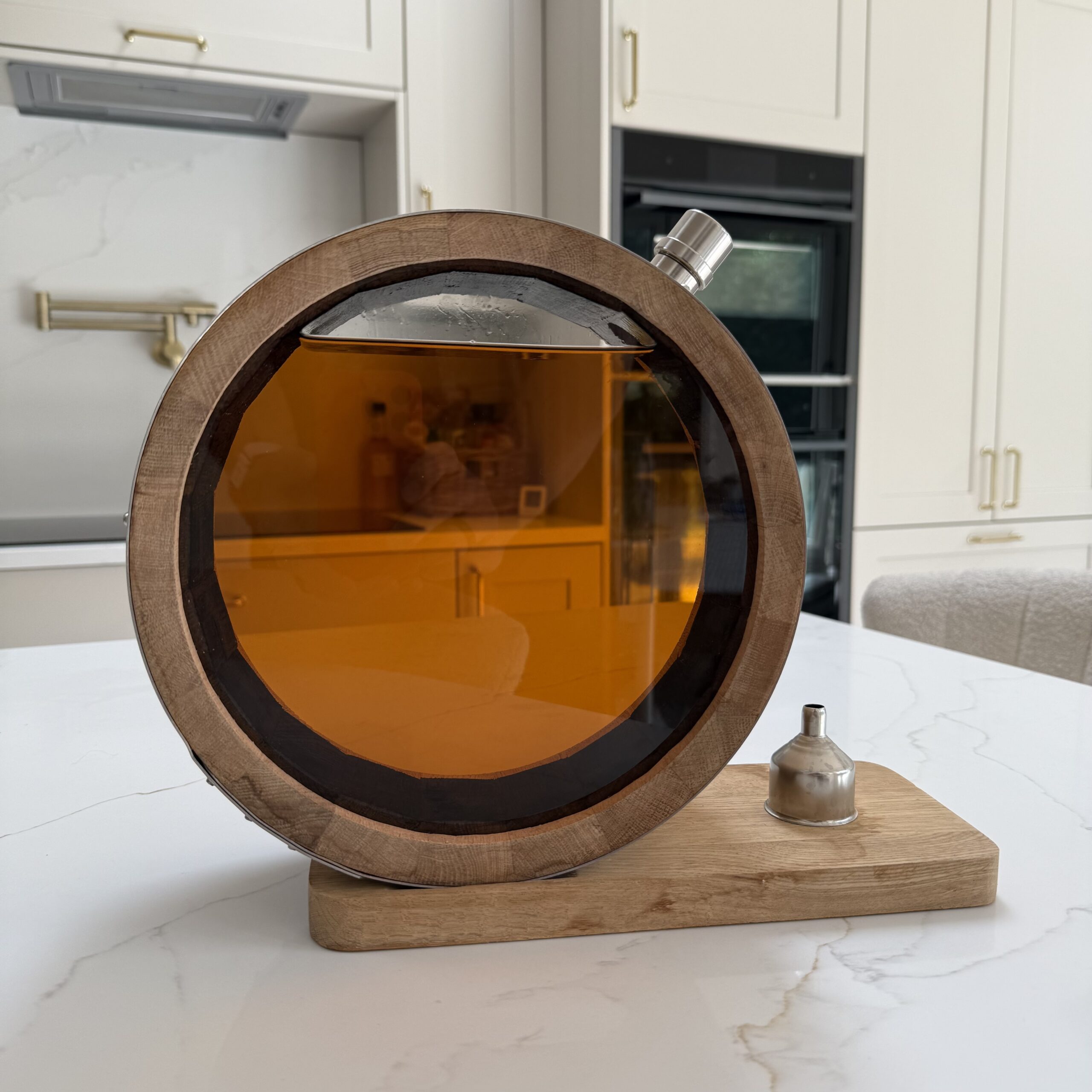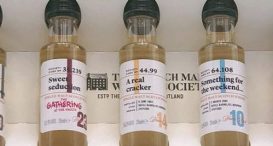Wood vs. Steel Washbacks
let’s begin
The washback is one of the most important pieces of equipment in the distilling process. This is where yeast is added to the wort to generate alcohol.
Before it reaches the washback, wort is fed into a mash tun, which acts as a tea pot to allow all the liquid to intermix. It has a floor that sieves out all the lumps as well, so the liquid going to the washback is smooth.
In the washback yeast is added, which interacts with the sugars in the wort and turns them into alcohol. The liquid produced in washbacks becomes known as wash.
This is done in a similar fashion to beer, however unlike beer brewing, the liquid is never boiled so it starches are continually being turned into sugars as well as alcohol being produced.
Traditionally, washback have been made of wood, Oregon Pine to be precise, but distilleries are now turning more towards stainless steel washbacks, and as always, the question to ask here is what does this do to flavour?
Perhaps the biggest and most obvious difference between wood and stainless steel is the fact that wood is natural and therefore porous.
This can allow a lot of bacteria that thrives off the sugars in the wash liquid to grow in all the little crevices of the wood. This means it is vital that wooden washbacks and thoroughly and extensively cleaned.
Of course stainless steel washbacks must also be thoroughly cleaned, but the risk of bacteria growing in wooden washbacks is much higher.
However, many distilleries, such as Auchentoshan in the Lowlands, still use wooden washbacks as they believe it creates a more interesting flavour.
This is mostly down to the fact that the wash liquid is interacting with the wood of the washback. Many distillers believe this allows the wood to influence the Whisky, or at least allows the liquid to maintain some character.
But many do not think that this makes much of a difference, especially since the liquid is only in the washback for around 40-70 hours and the surface area is much smaller than when the liquid is in a barrel.
On the other side of this is the consistency that many distilleries turn to stainless steel for. While you can effectively argue either way that wooden washbacks have an effect on flavour, it is hard to argue that stainless steel has a massive influence on the liquid.
And that is why so many distilleries use stainless steel, because it is basically guaranteed to result in the same liquid every time.
The argument of consistency also harks back to our earlier argument, that wooden washbacks take a lot more cleaning.
As well as being steamed with water, washbacks of any material need to be chemically treated.
Due to stainless steel being less porous and generally being a harsher environment for bacteria than wood, it needs less chemical treatment when being cleaned.
And since it is less porous it does not interact with these chemicals in the same way as wood, meaning they are less likely to leave a residue and effect the end result.
Although the effect of this has not been noted in Whiskies made in wooden washbacks, so really the question of wooden of stainless steel only has one solution. And that is to simply get out there and try as many of each as possible!
Greg
You might be interested in
More from the blog
Follow greatdrams
latest articles
Latest whisky
exclusively from GreatDrams
-

The GreatDrams Signature Barrel Decanter
£200.00 – £370.00














2 thoughts on “Wood vs. Steel Washbacks”
Hi’ I’m interested in making contact with Greg re our burgeoning welsh gin and whisky brand’
Hi Alex – feel free to drop me a line at [email protected] – cheers, G